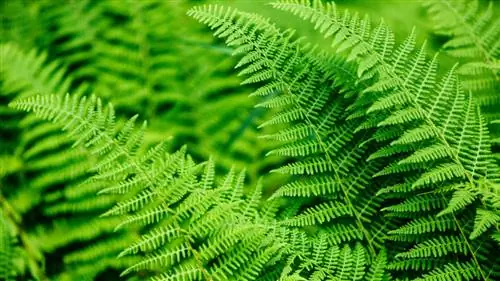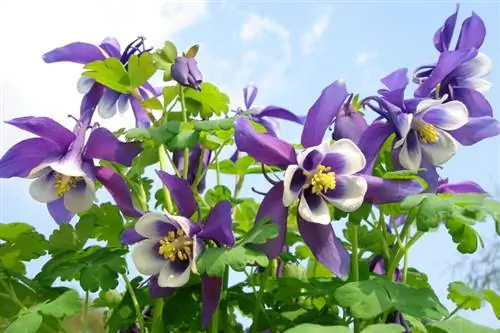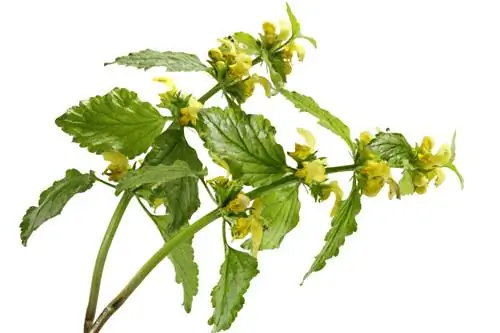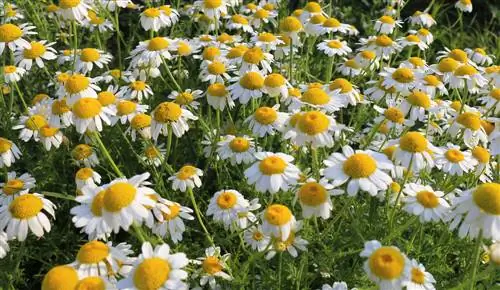- Author admin [email protected].
- Public 2023-12-16 16:46.
- Last modified 2025-01-23 11:20.
You could write entire series of books about the nettle. But that would probably be less attractive for you to find out briefly about this wild plant. All the important facts about the nettle are briefly and understandably summarized here.
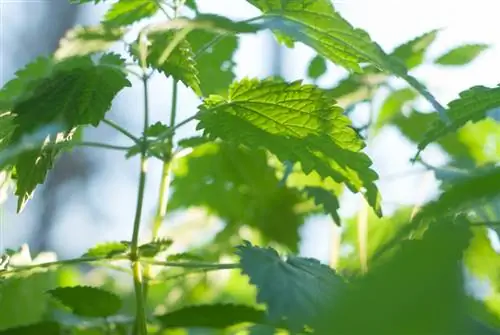
What is the profile of the nettle?
The nettle (Urtica) is a herbaceous plant from the nettle family. It grows 30 to 300 cm high and has juicy green, toothed leaves with stinging hairs. The yellow-brownish flowers appear between July and September and thrive in sunny to partially shaded locations on nutrient-rich, humus-rich and moist soils.
Notable facts at a glance
- Plant family: Nettle family
- Distribution: native, almost worldwide
- Occurrences: paths, fences, meadows, forest edges, floodplains, riparian zones
- Growth: 30 to 300 cm high
- Leaves: juicy green, oblong-ovoid, toothed, covered with stinging hairs
- Flowering period: July to September
- Flowers: yellow-brownish
- Seed maturity: September to October
- Location: sunny to partially shaded
- Soil: nutrient-rich, humus, moist
- Propagation: seeds, runners
- Use: culinary herb, medicinal herb, organic fertilizer/pesticide/herbicide
One plant, many names
While its scientific name is Urtica, it has many other popular names. These include, among others: hair nettle, hemp nettle, saune nettle, Habernessel, thousand nettle and nettle. The term 'nettle', which appears in almost every name, refers to the nettle poison that sits in the fine hairs.
From the stem to the leaves to the flowers
This is a herbaceous medicinal plant. Depending on the species - the best known in this country are the large nettle and the small nettle - this plant can grow up to 3 m high. Their stems are upright and have an angular cross-section.
The leaves and the bristly stems lie opposite each other. They are stalked and shaped into hearts at the base. Long stinging hairs appear mainly on their underside. These are intended to protect the plant from predators. It contains nettle poison, which is harmless to humans.
The flowers of the nettle appear from the end of June/beginning of July. Their flowering period lasts until September. They are inconspicuous and stand together in panicles. In autumn they develop into 1 mm long nuts, each with one seed.
Where does this wild herb like to grow?
The nettle prefers to grow in nutrient-rich soil. It is an indicator plant for nitrogen-rich soils, but also for humus-rich and moist soils. It is most commonly found in sunny to partially shaded locations.
Tip
The nettle is rich in nutrients and healing substances. It can be consumed and has, among other things, diuretic, blood purifying, digestive and anti-inflammatory effects.


